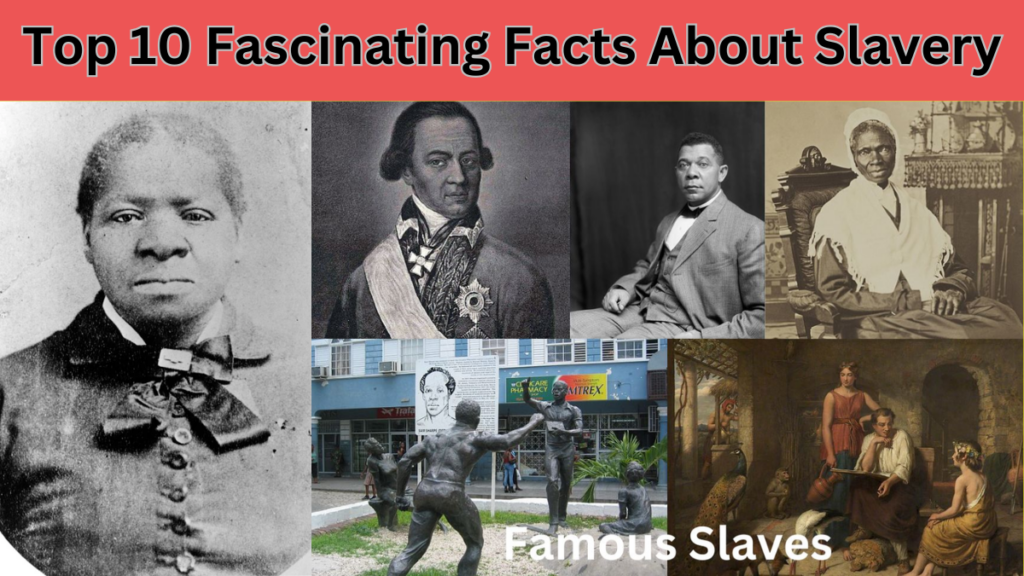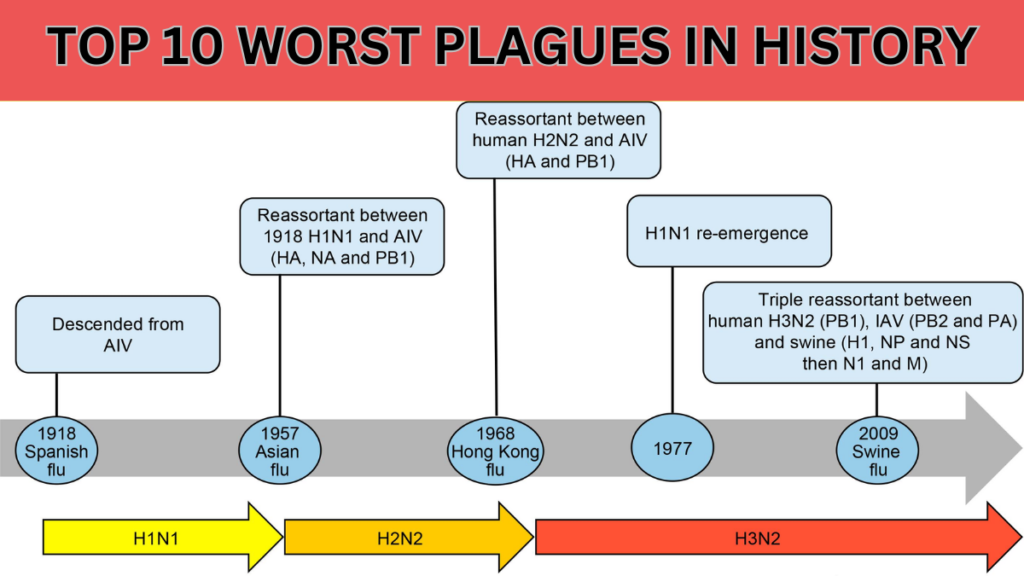Top 10 Myths About the Middle Ages
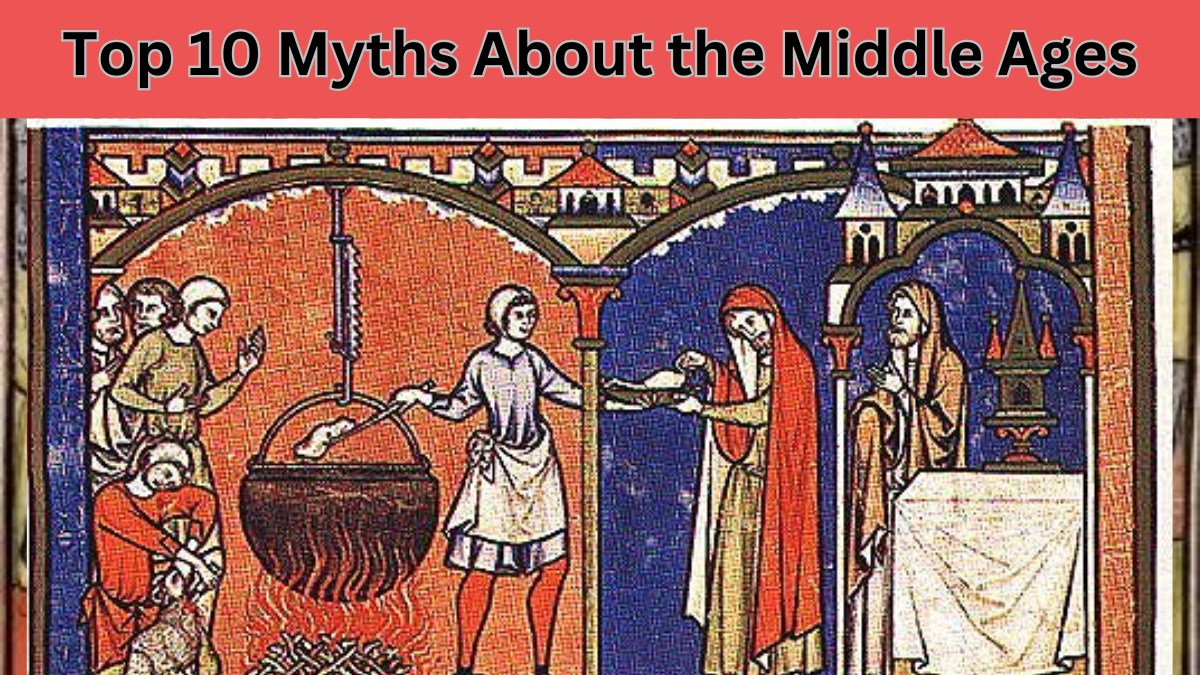
Discover the truth behind 10 common myths about the Middle Ages. Learn about the real lives of peasants, women, and religious figures.
1. The Death Penalty Was Common
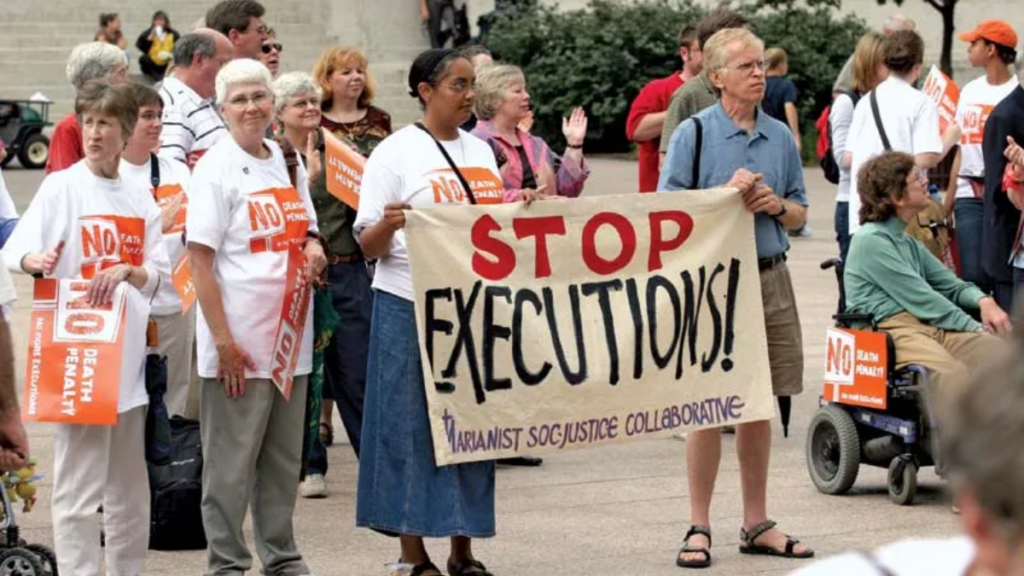
While the death penalty existed in the Middle Ages, it was not as prevalent as often depicted. It was reserved for the most serious crimes, such as treason and murder. Public executions were not as common as portrayed in movies; they were often reserved for the nobility. Hanging was the most common method of execution, with burning being a relatively rare occurrence.
2. Bibles Were Locked Away
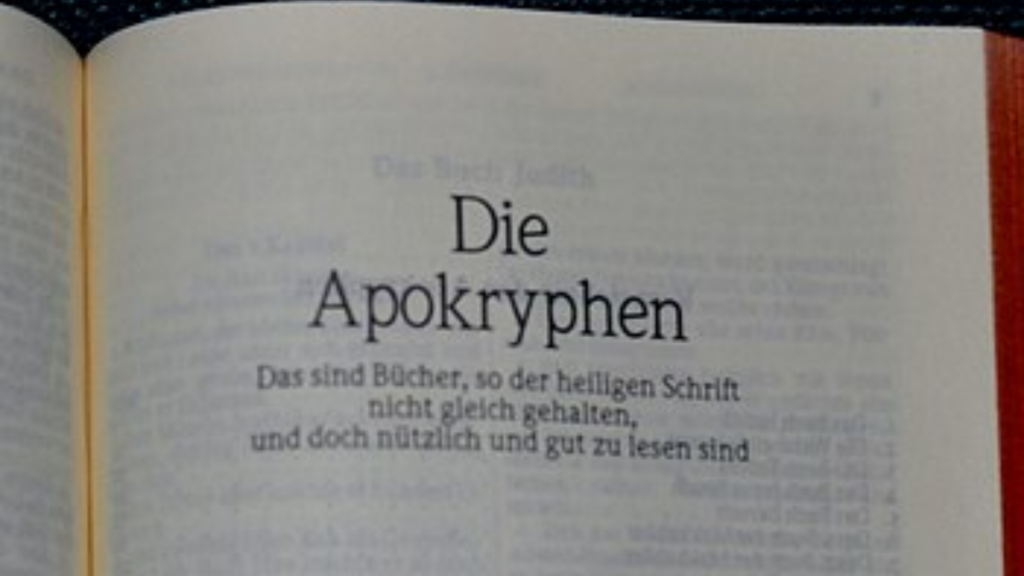
Bibles were indeed valuable during the Middle Ages, as they had to be copied by hand. However, they were not locked away to keep the people from seeing the “true word.” The primary reason for locking them up was to protect these precious and expensive books. The church wanted to ensure that the Bible was read aloud at mass every day, making it accessible to the people.
3. The Poor Were Starving

The myth of the starving poor during the Middle Ages is largely untrue. Peasants, who made up the majority of the population, had a relatively balanced diet that included bread, porridge, meats, cheeses, fruits, and vegetables. While their diet was not as varied as that of the wealthy, it was sufficient to meet their nutritional needs.
4. Peasants Lived in Thatched Roofs with Animals

Thatched roofs were common in the Middle Ages, but they were not as crude as often portrayed. They were carefully constructed and designed to keep out animals. While some animals might have occasionally found their way into homes, this was not a widespread problem.
5. People Didn’t Bathe in the Middle Ages
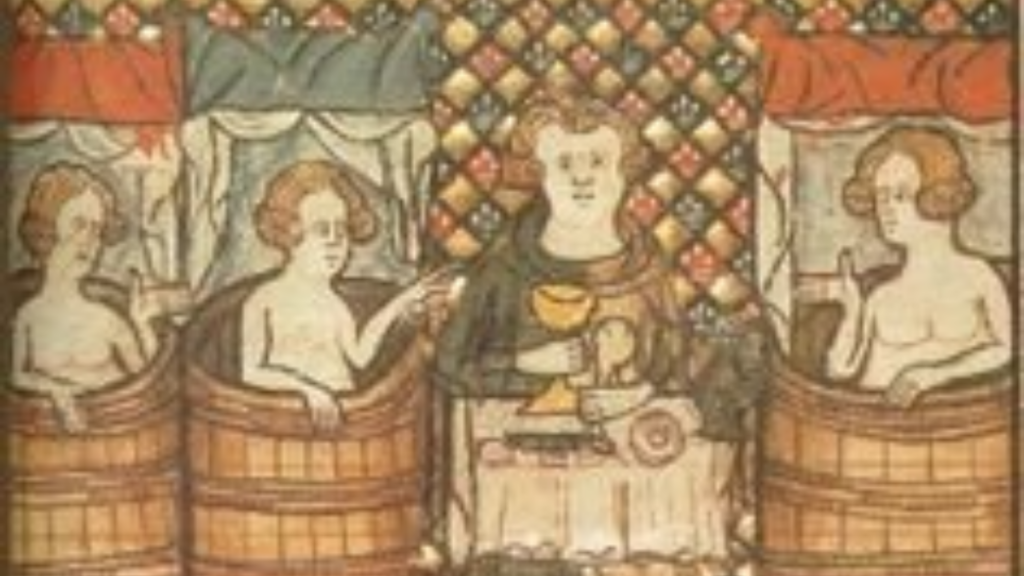
This is a popular misconception. While bathing frequency varied, cleanliness and hygiene were valued in the Middle Ages. Towns had bathhouses, and people bathed regularly. The myth of people not bathing often stems from misunderstandings about the frequency of bathing and the use of hot water.
6. Peasants Lived a Life of Drudgery
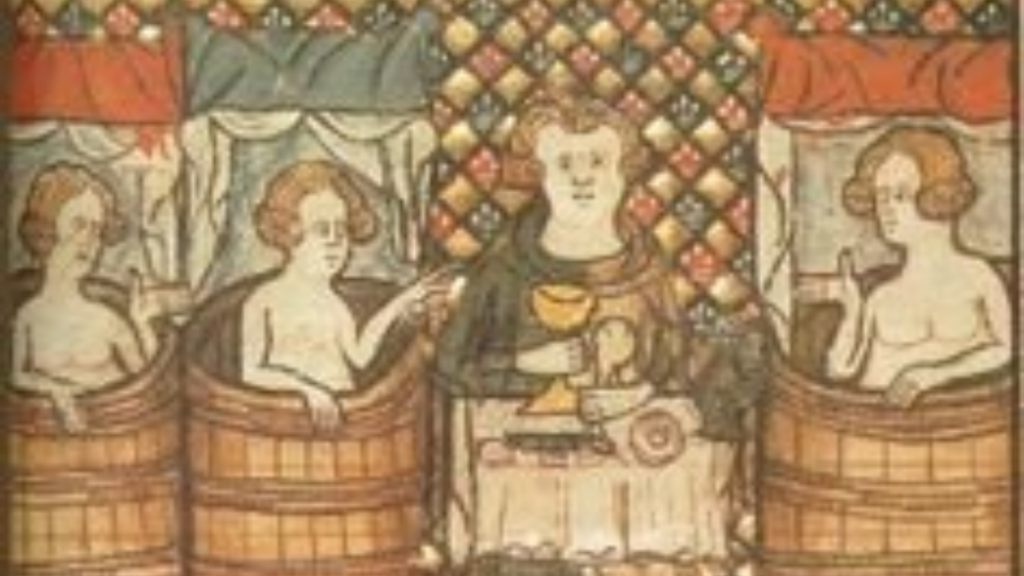
While peasant life was undoubtedly challenging, it was not solely one of drudgery and backbreaking work. Peasants had festivals, holidays, and leisure time. They enjoyed games, dancing, and other forms of entertainment.
7. Violence Was Everywhere

While violence did occur in the Middle Ages, it was not as pervasive as often portrayed. Most people lived their lives without experiencing significant violence. The Inquisition, for example, was not as brutal as depicted in popular culture.
8. Women Were Oppressed

The notion of women being completely oppressed in the Middle Ages is oversimplified. While women faced limitations, there were many powerful and influential women throughout the period. Figures like Joan of Arc and Hildegard of Bingen demonstrate that women could achieve significant roles in society.
9. People Believed the Earth Was Flat

This is a long-standing myth. Many scholars in the Middle Ages understood that the Earth was round. The idea of a flat Earth was more prevalent in earlier periods.
10. People Were Crude and Ignorant

The Middle Ages were a time of intellectual and artistic flourishing. Universities were established, and significant advancements were made in fields such as philosophy, science, and the arts. While there were undoubtedly instances of superstition and ignorance, these were not the defining characteristics of the era.
